Home>Construction & Tools>Electrical and Plumbing Systems>How Does An EV Charger Work
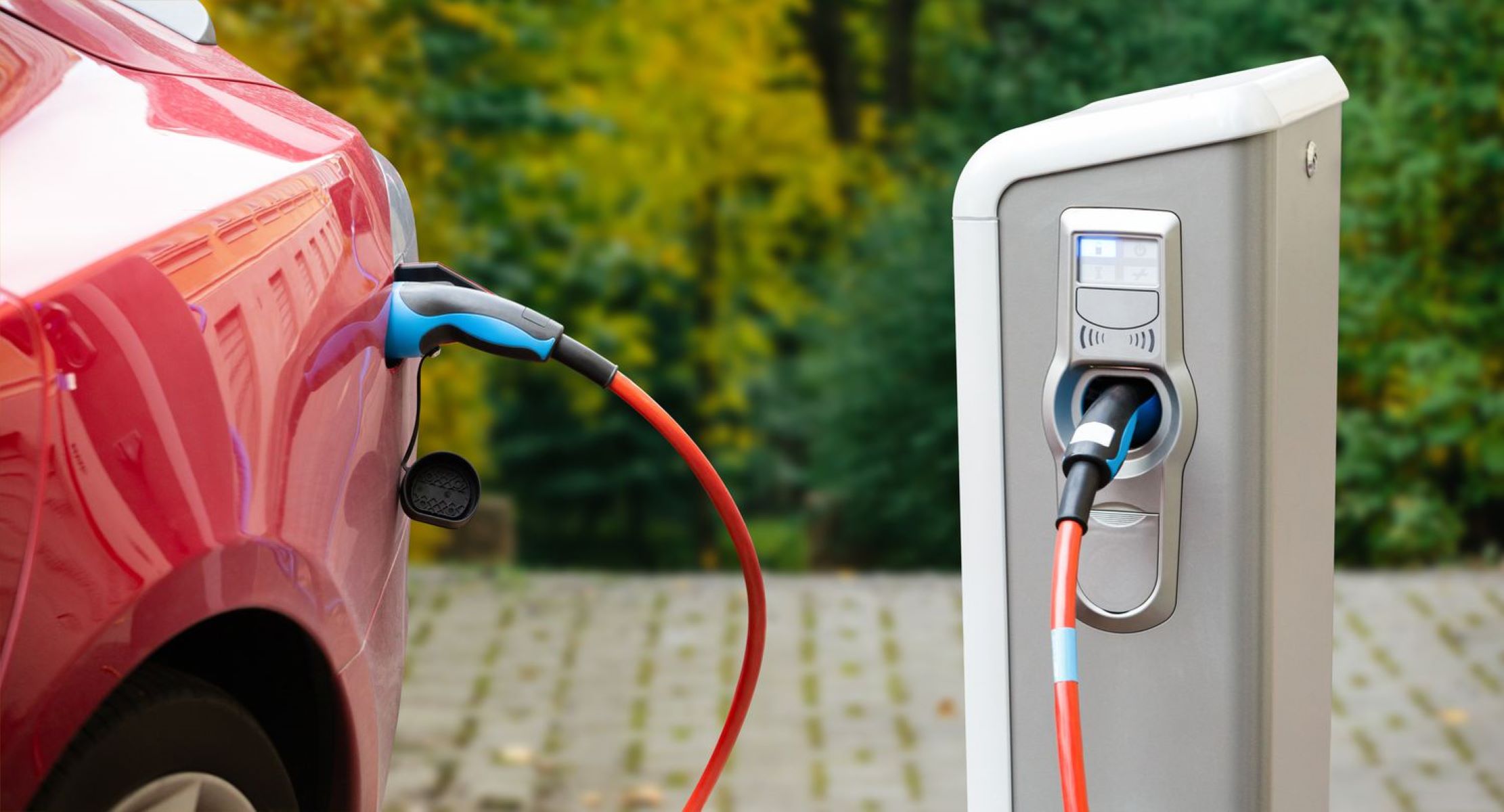

Electrical and Plumbing Systems
How Does An EV Charger Work
Modified: January 4, 2024
Learn how an EV charger works and its connection to electrical and plumbing systems. Understand the technology behind electric vehicle charging.
(Many of the links in this article redirect to a specific reviewed product. Your purchase of these products through affiliate links helps to generate commission for Storables.com, at no extra cost. Learn more)
Introduction
Electric vehicles (EVs) are revolutionizing the way we think about transportation. As the world shifts towards sustainable energy solutions, the demand for EVs continues to surge. One of the critical components of the EV ecosystem is the EV charger. Understanding how an EV charger works is essential for both current and prospective EV owners, as it demystifies the process of charging an EV and sheds light on the underlying technology.
In this comprehensive guide, we will delve into the intricacies of EV chargers, exploring their components, types, and operational mechanisms. By the end of this article, you will have a profound understanding of how these innovative devices facilitate the charging of electric vehicles, empowering you to make informed decisions regarding EV ownership and charging infrastructure.
Let's embark on a captivating journey through the realm of EV chargers, unraveling the science and engineering that powers these indispensable tools for the future of transportation.
Key Takeaways:
- EV chargers have components like power inlets, converters, and control units that work together to deliver electricity to electric vehicles, making the charging process safe and efficient.
- There are different types of EV chargers, including Level 1, Level 2, DC fast chargers, and wireless chargers, each offering unique charging speeds and convenience features to suit different needs.
Read more: What Is An EV Charger
Components of an EV Charger
An EV charger comprises several essential components that work in unison to deliver electricity to the vehicle’s battery. Understanding these components provides insight into the intricacies of the charging process and the underlying technology. Here are the key components of an EV charger:
- Power Inlet: The power inlet is the point of connection for the external power supply. It serves as the interface through which the charger receives electricity from the grid or a renewable energy source.
- Converter: The converter is responsible for transforming the incoming alternating current (AC) from the power supply into the direct current (DC) required to charge the vehicle’s battery. This conversion is crucial, as most EV batteries store and operate on DC power.
- Control Unit: The control unit governs the charging process, regulating the flow of electricity to the vehicle’s battery. It monitors parameters such as voltage, current, and temperature to ensure safe and efficient charging.
- Connectors and Cables: These physical components form the link between the charger and the vehicle. High-quality connectors and cables are essential for minimizing energy loss and facilitating a secure connection during the charging process.
- User Interface: The user interface, often in the form of a display panel or digital interface, allows users to interact with the charger. It provides vital information such as charging status, energy consumption, and any diagnostic messages related to the charging process.
- Safety Features: EV chargers are equipped with safety mechanisms to protect against overcurrent, overvoltage, and overheating. These features ensure the reliability and safety of the charging process, giving users peace of mind.
These components collectively form a sophisticated system designed to deliver electricity from the grid to the vehicle’s battery, enabling efficient and reliable charging. Understanding the role of each component provides a holistic view of the EV charging infrastructure and the technology that drives it.
Types of EV Chargers
EV chargers come in various types, each offering distinct capabilities and charging speeds. Understanding the different types of EV chargers is essential for selecting the most suitable option based on individual requirements and charging preferences. Here are the primary types of EV chargers:
- Level 1 Chargers: These chargers are designed for standard electrical outlets and deliver AC power to the vehicle. Level 1 chargers are convenient for overnight charging and are commonly used in residential settings. While they provide a slow charging rate, they are a practical option for EV owners with limited daily driving distances.
- Level 2 Chargers: Level 2 chargers operate at higher power levels and require a dedicated electrical circuit. They are commonly installed in homes, workplaces, and public charging stations. With faster charging capabilities compared to Level 1 chargers, Level 2 chargers are ideal for users who require quicker charging times without the need for specialized high-power equipment.
- DC Fast Chargers: Also known as Level 3 chargers, DC fast chargers deliver direct current (DC) power to the vehicle at a significantly higher rate than Level 1 and Level 2 chargers. These chargers are commonly found at public charging stations and are capable of providing a substantial charge in a relatively short time, making them suitable for long-distance travel and quick top-up sessions.
- Wireless Chargers: Wireless EV chargers, also known as inductive chargers, utilize electromagnetic fields to transfer energy from a charging pad to a receiver on the vehicle. This technology eliminates the need for physical cables and connectors, offering a convenient and cable-free charging experience. While still evolving, wireless chargers present a compelling vision for seamless EV charging in the future.
Each type of EV charger caters to specific charging needs and scenarios, offering a spectrum of charging speeds and convenience features. Understanding the capabilities of each charger type empowers EV owners to make informed decisions regarding their charging infrastructure and daily charging routines.
When using an EV charger, make sure to follow the manufacturer’s guidelines for your specific electric vehicle to ensure safe and efficient charging.
How an EV Charger Works
Understanding the operational principles of an EV charger provides insight into the intricate process of delivering electricity to an electric vehicle. The following steps outline how an EV charger works:
- Connection: The charging process commences with the physical connection between the EV charger and the vehicle. This typically involves plugging the charging cable into the vehicle’s charging port, establishing a secure electrical link.
- Authentication: In some cases, the user may need to authenticate the charging session, either through a mobile app, RFID card, or other authentication methods. This step ensures that the charging process is authorized and tracks usage for billing purposes, if applicable.
- Power Conversion: Once the charging session is authenticated, the EV charger’s converter transforms the incoming alternating current (AC) from the power supply into the direct current (DC) required for charging the vehicle’s battery. This conversion ensures compatibility with the vehicle’s electrical system.
- Regulation: The control unit of the EV charger regulates the flow of electricity, monitoring parameters such as voltage, current, and temperature. This regulation ensures that the charging process is safe, efficient, and tailored to the specific requirements of the vehicle’s battery.
- Charging Progress: Throughout the charging session, the user interface of the EV charger provides real-time information regarding the charging progress. This includes details such as charging status, energy consumption, and estimated time to full charge, offering users visibility and control over the process.
- Completion and Disconnection: Upon reaching the desired state of charge or the end of the charging session, the charger completes the process and signals to the user that the vehicle is ready for disconnection. The user can then safely unplug the charging cable from the vehicle, concluding the charging session.
By understanding these fundamental steps, users gain a comprehensive view of the charging process and the technology at play. The seamless orchestration of these steps ensures a reliable and user-friendly experience, making EV charging accessible and efficient for a wide range of applications.
Conclusion
As electric vehicles continue to gain prominence in the automotive industry, the role of EV chargers becomes increasingly pivotal. These sophisticated devices, equipped with a range of components and capabilities, form the backbone of the EV charging infrastructure, enabling users to power their vehicles efficiently and sustainably. By understanding the components, types, and operational mechanisms of EV chargers, individuals can make informed decisions regarding their charging needs and contribute to the widespread adoption of electric vehicles.
Furthermore, the evolution of EV charging technology continues to drive innovation, with advancements in wireless charging, fast-charging capabilities, and smart charging solutions reshaping the landscape of electric mobility. This ongoing progress underscores the dynamic nature of EV chargers and the broader electrification ecosystem, promising enhanced convenience, speed, and sustainability for EV owners and enthusiasts.
As we embrace the future of transportation, characterized by clean energy and sustainable practices, the significance of EV chargers cannot be overstated. They serve as the gateway to seamless and reliable electric vehicle charging, fostering a transition towards a greener and more efficient mode of transportation. With a deeper understanding of how EV chargers work and their integral role in the electrification revolution, individuals are empowered to embrace and champion the transition to electric mobility, contributing to a cleaner and more sustainable future for generations to come.
Embark on this journey with confidence, knowing that the technology powering EV chargers is not only groundbreaking but also emblematic of a transformative shift towards a cleaner and more sustainable future.
Frequently Asked Questions about How Does An EV Charger Work
Was this page helpful?
At Storables.com, we guarantee accurate and reliable information. Our content, validated by Expert Board Contributors, is crafted following stringent Editorial Policies. We're committed to providing you with well-researched, expert-backed insights for all your informational needs.
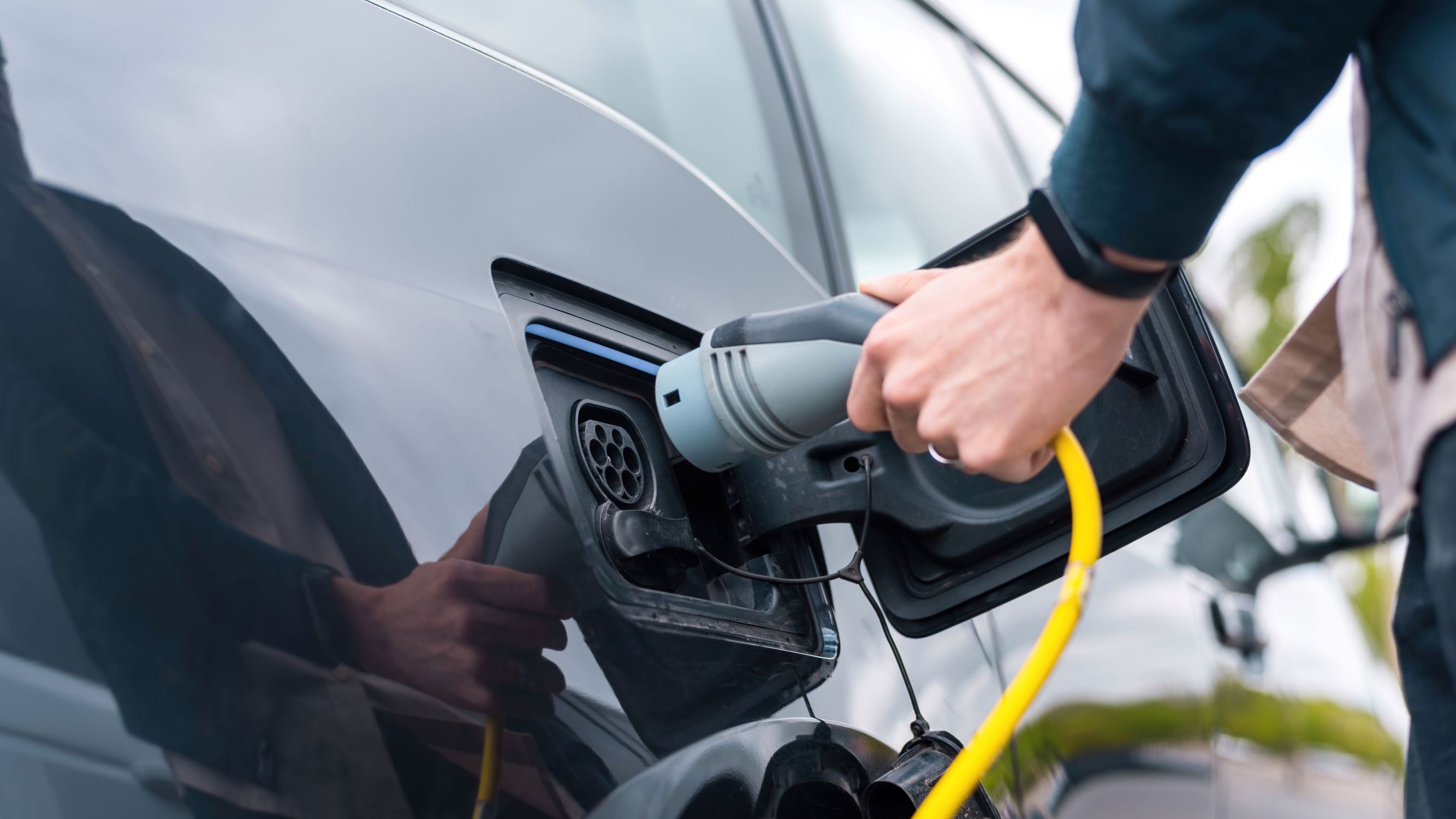
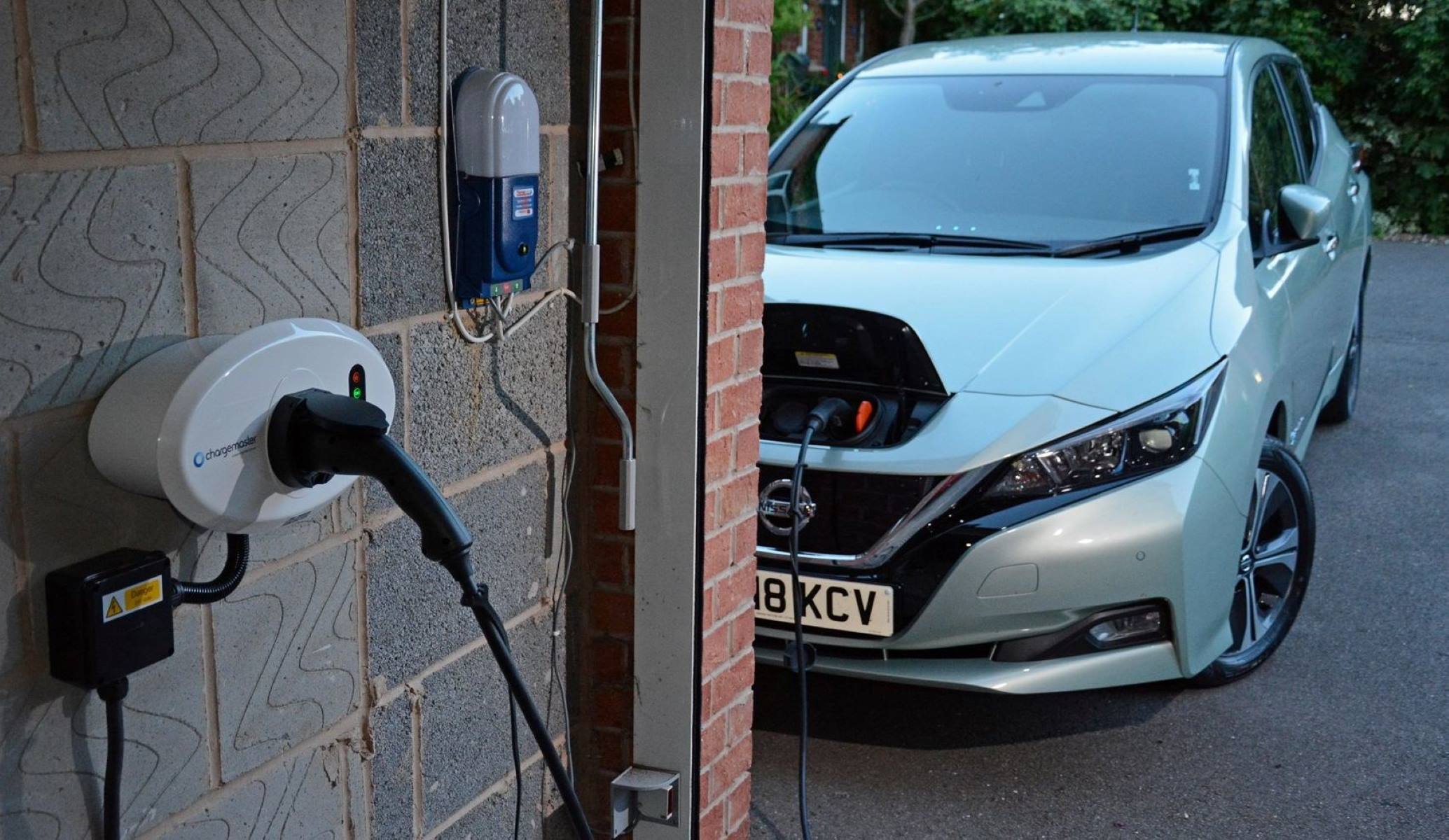
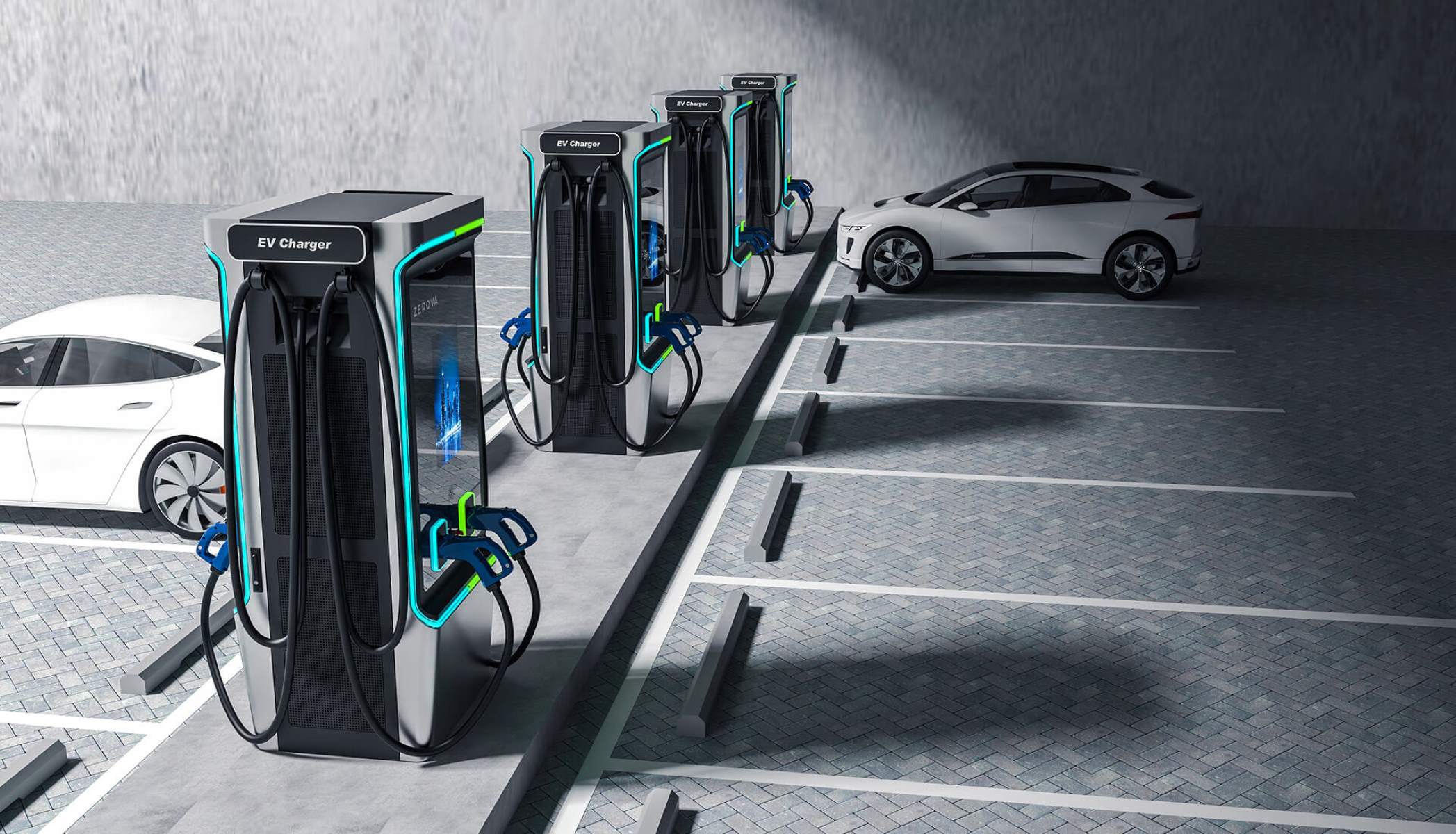
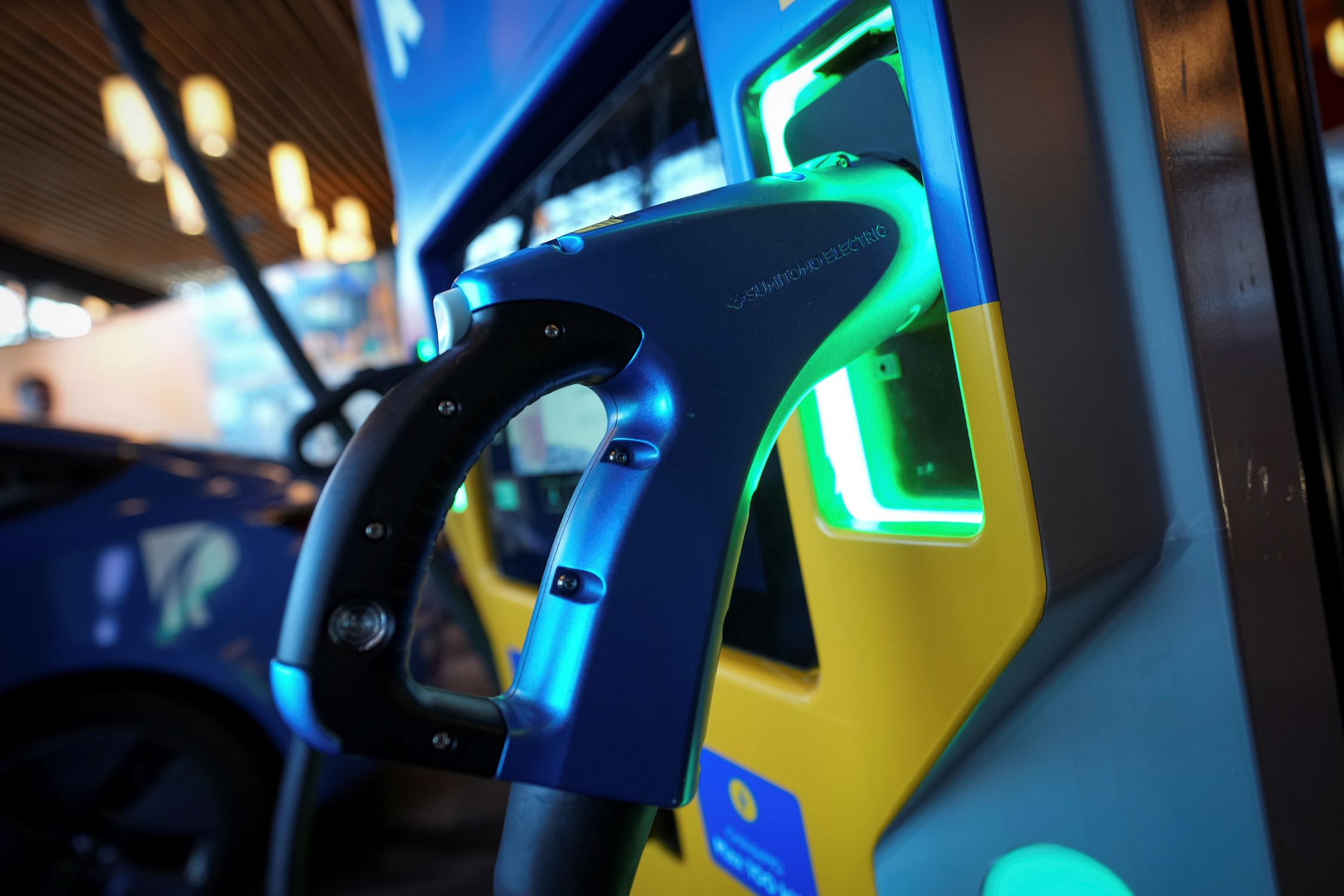
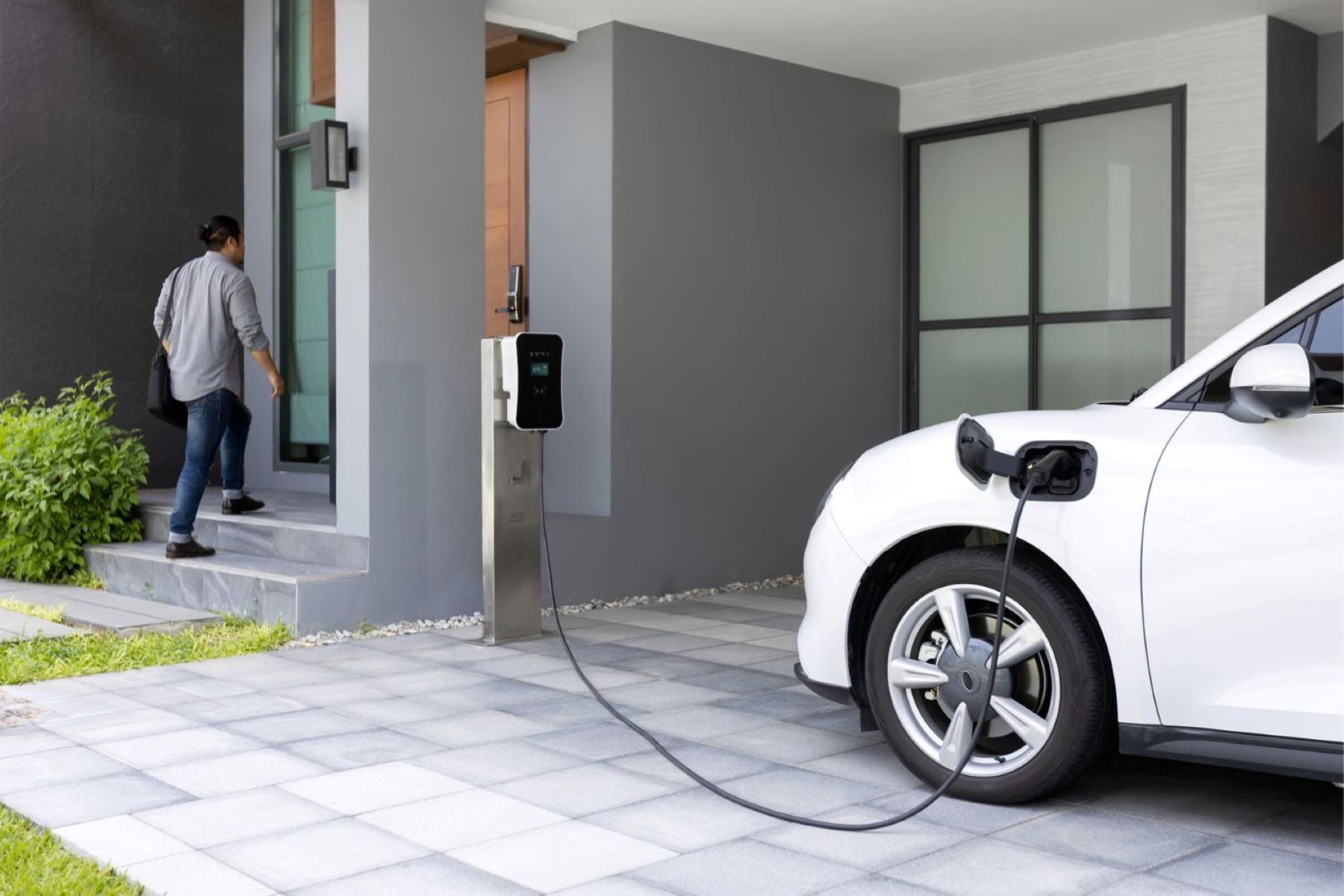
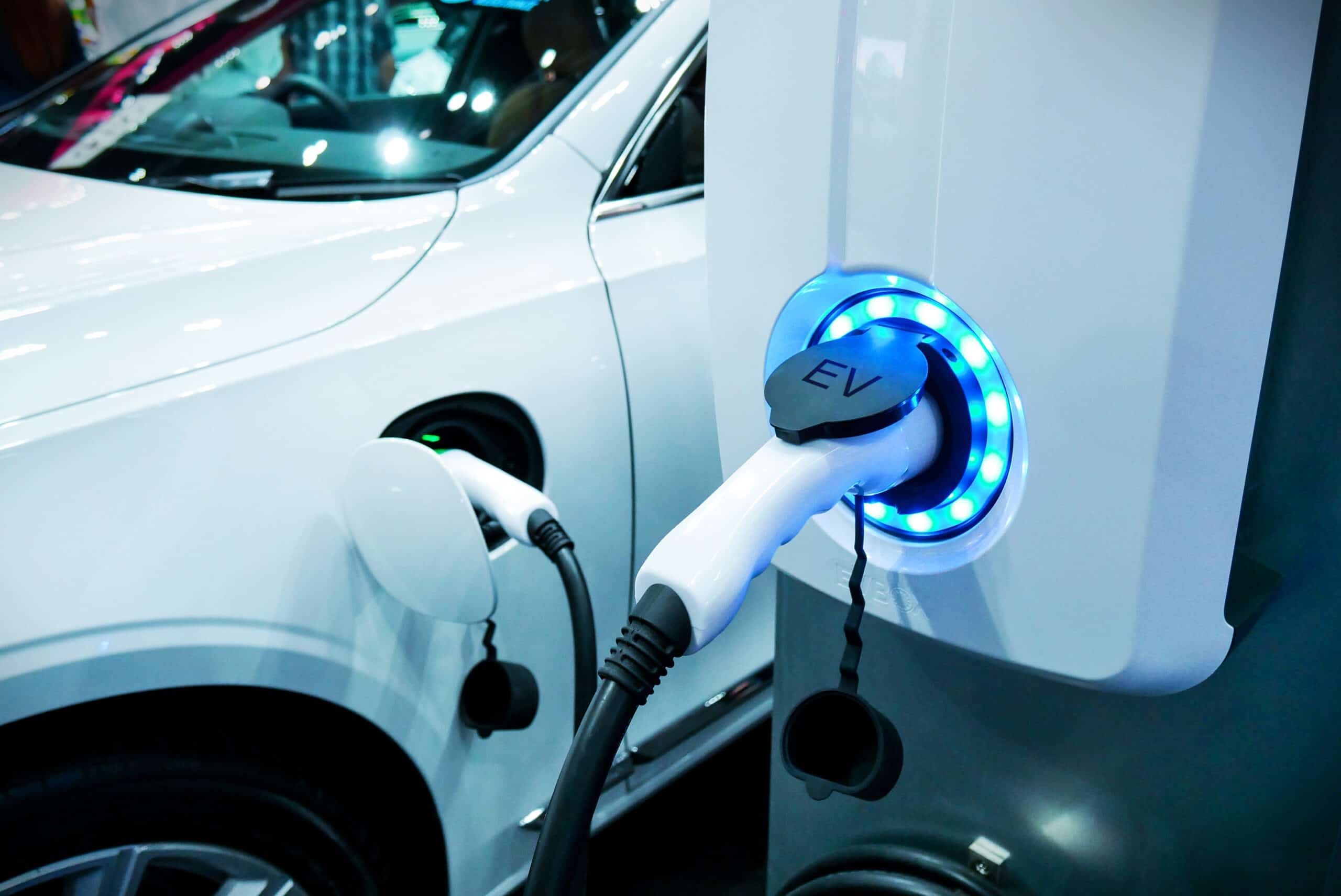
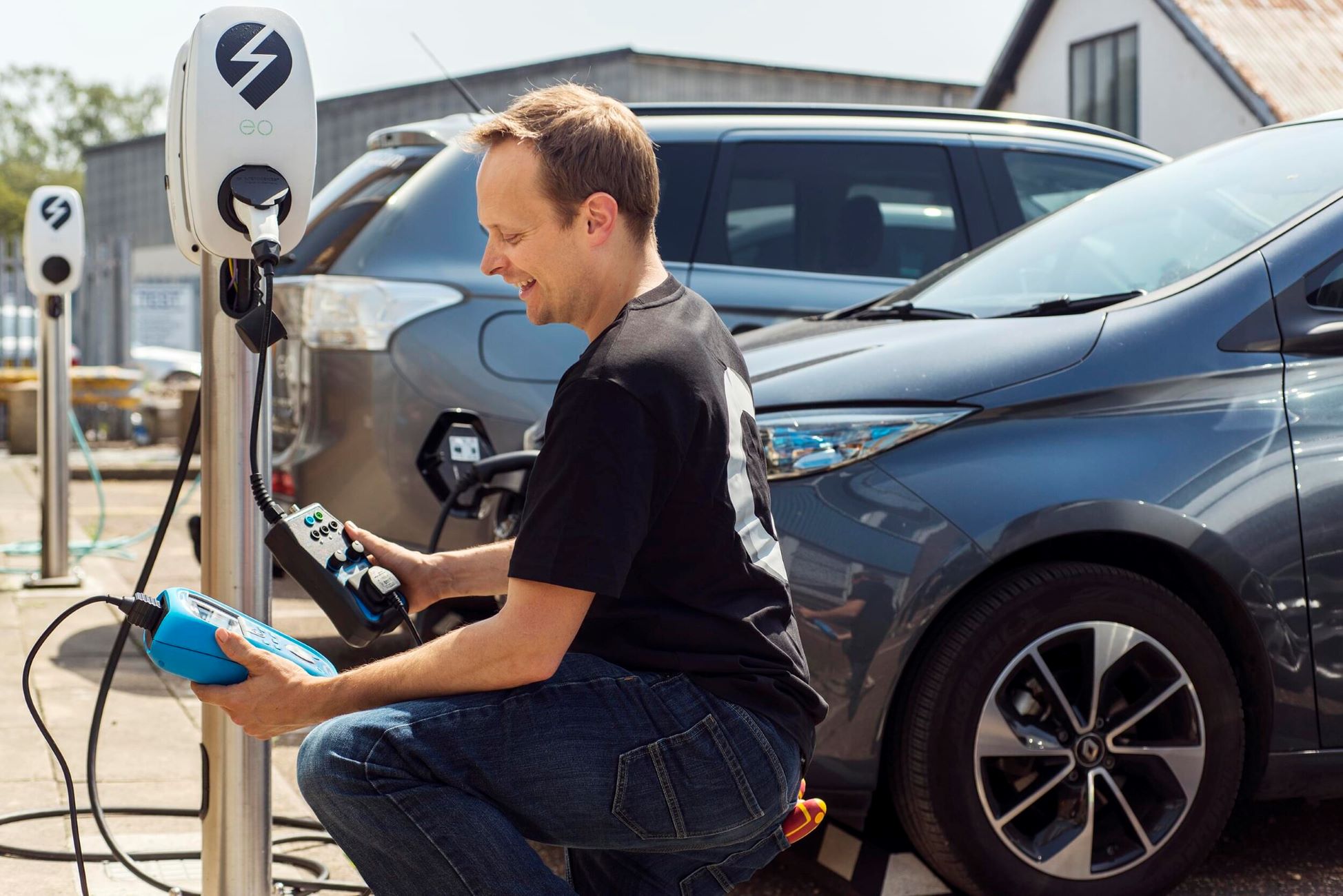
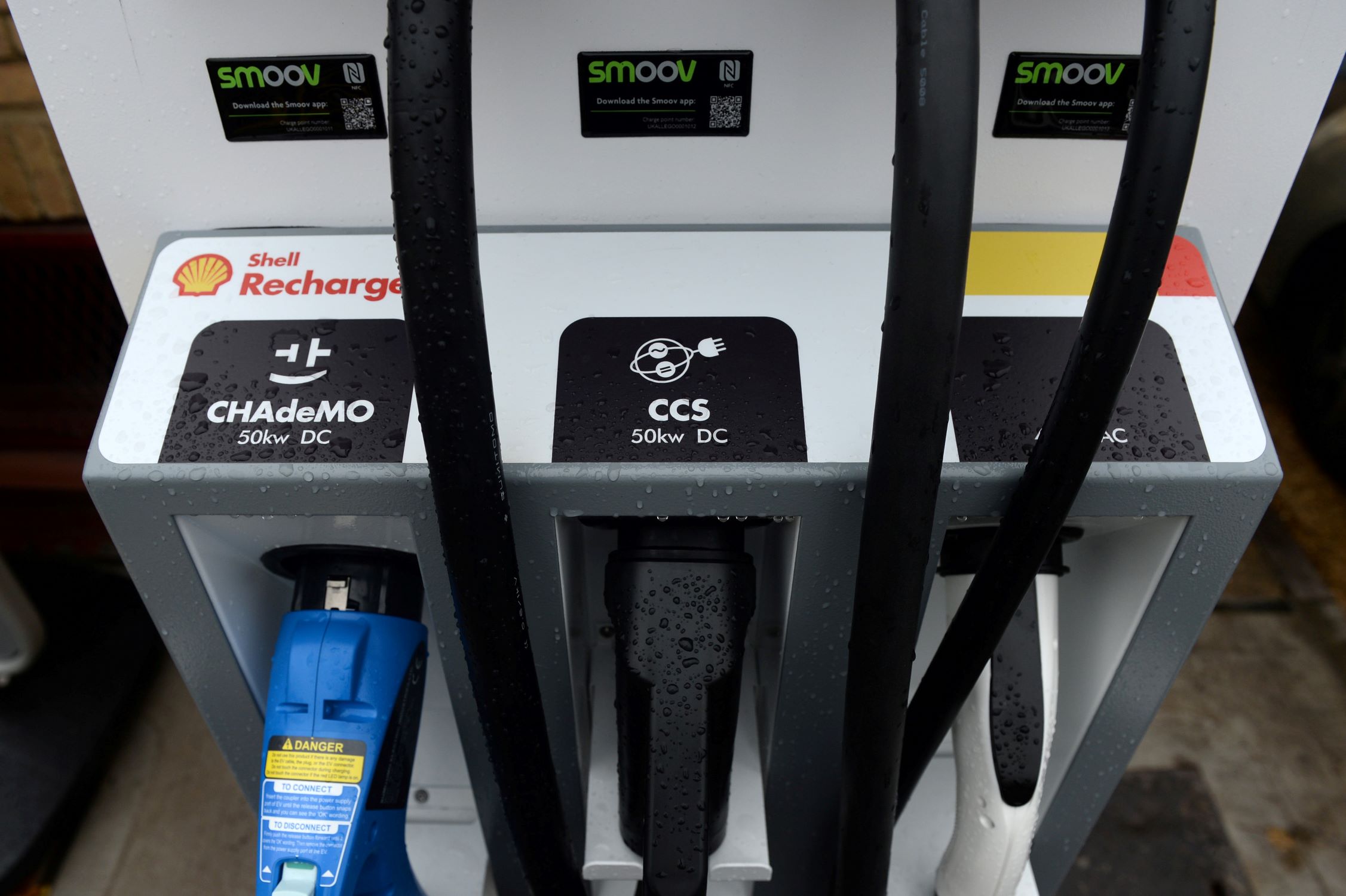
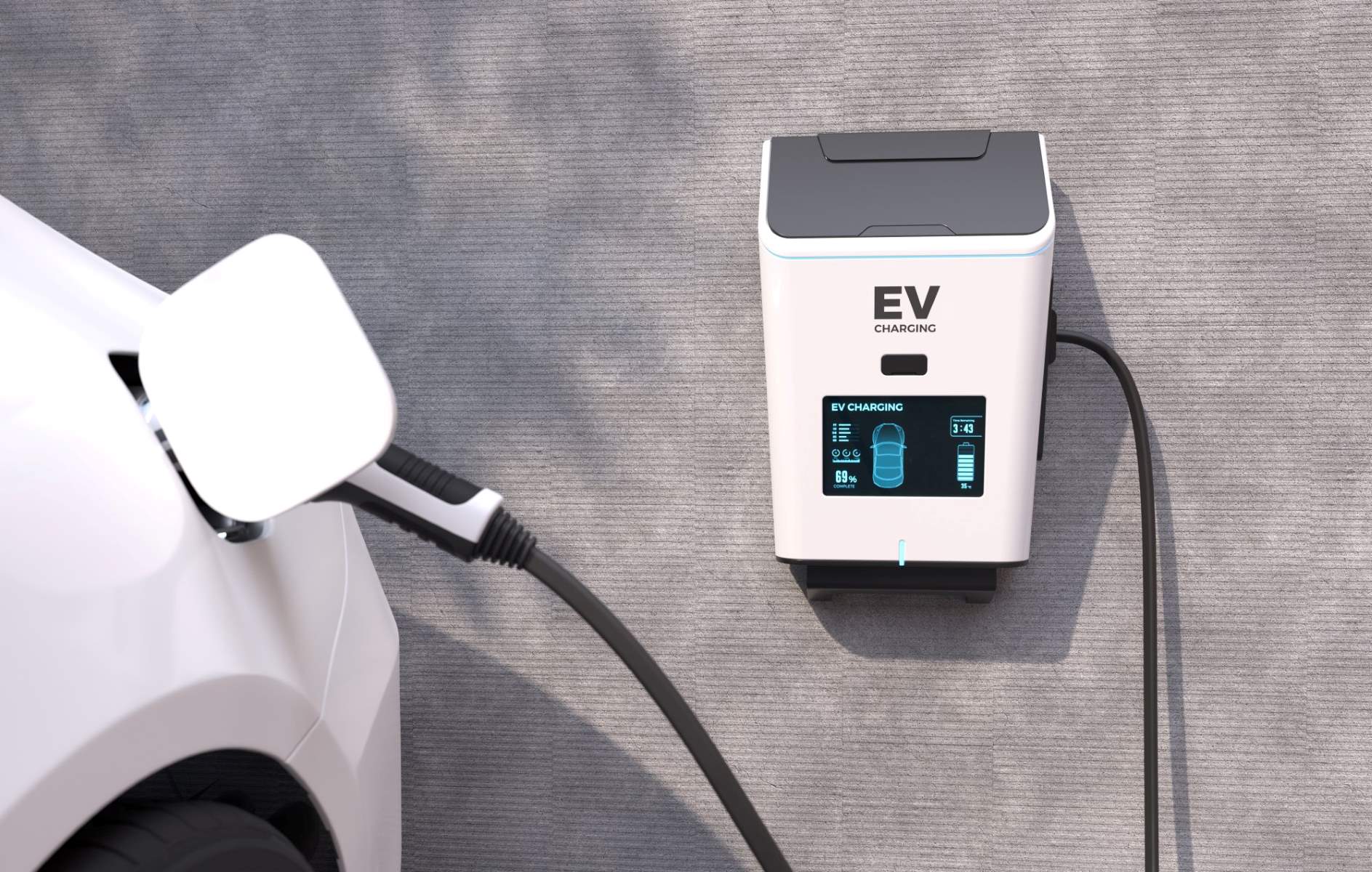
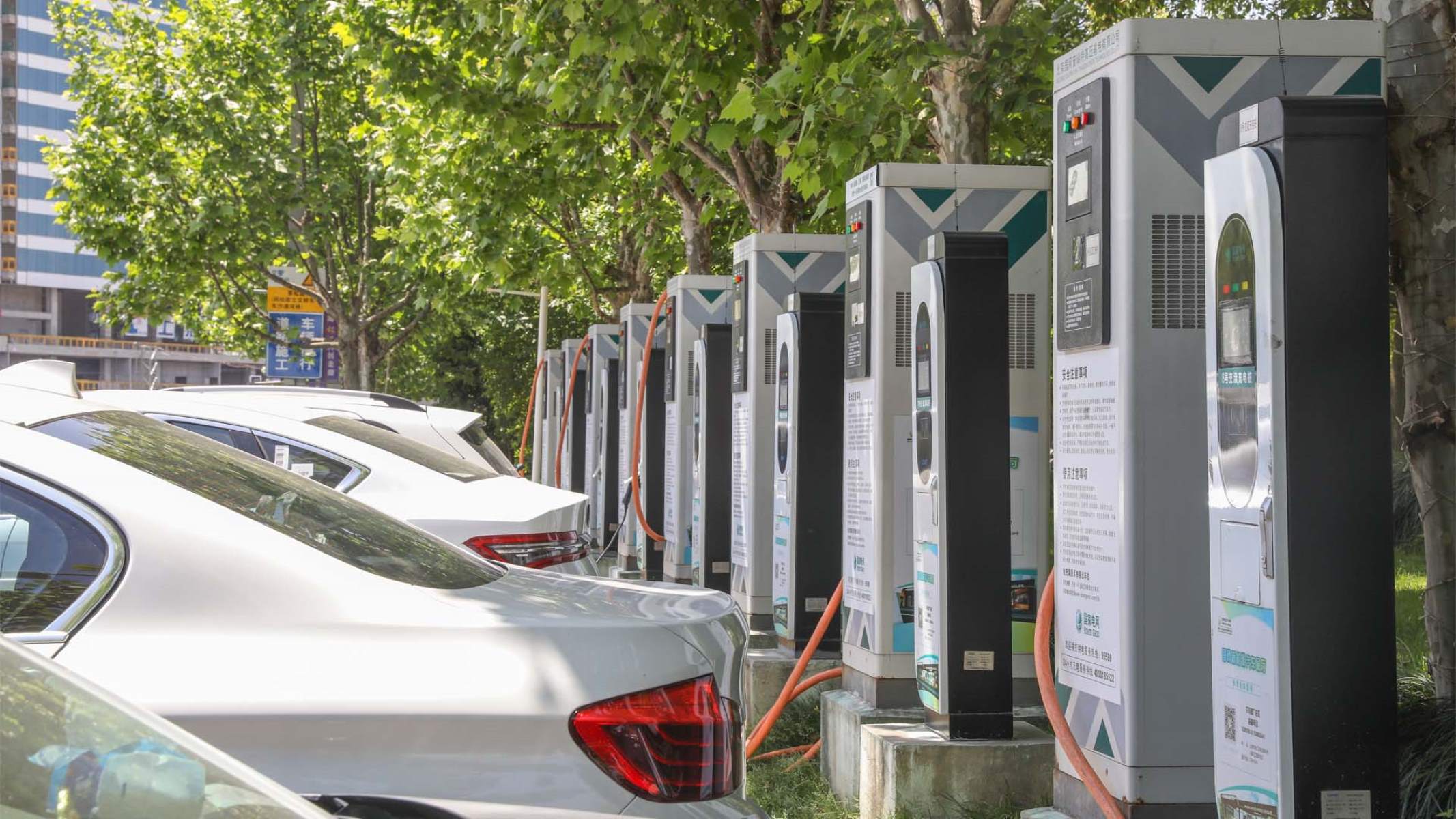
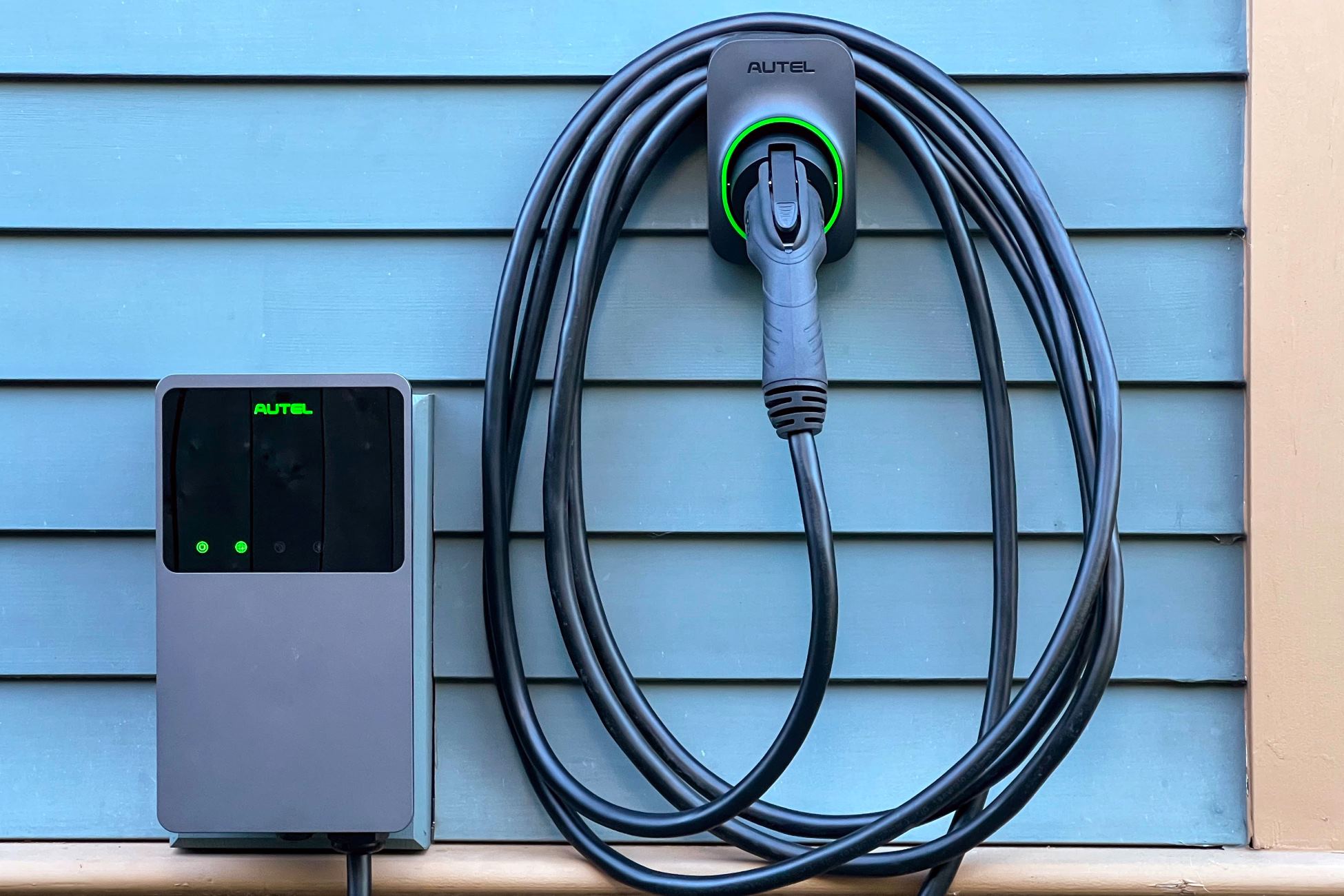
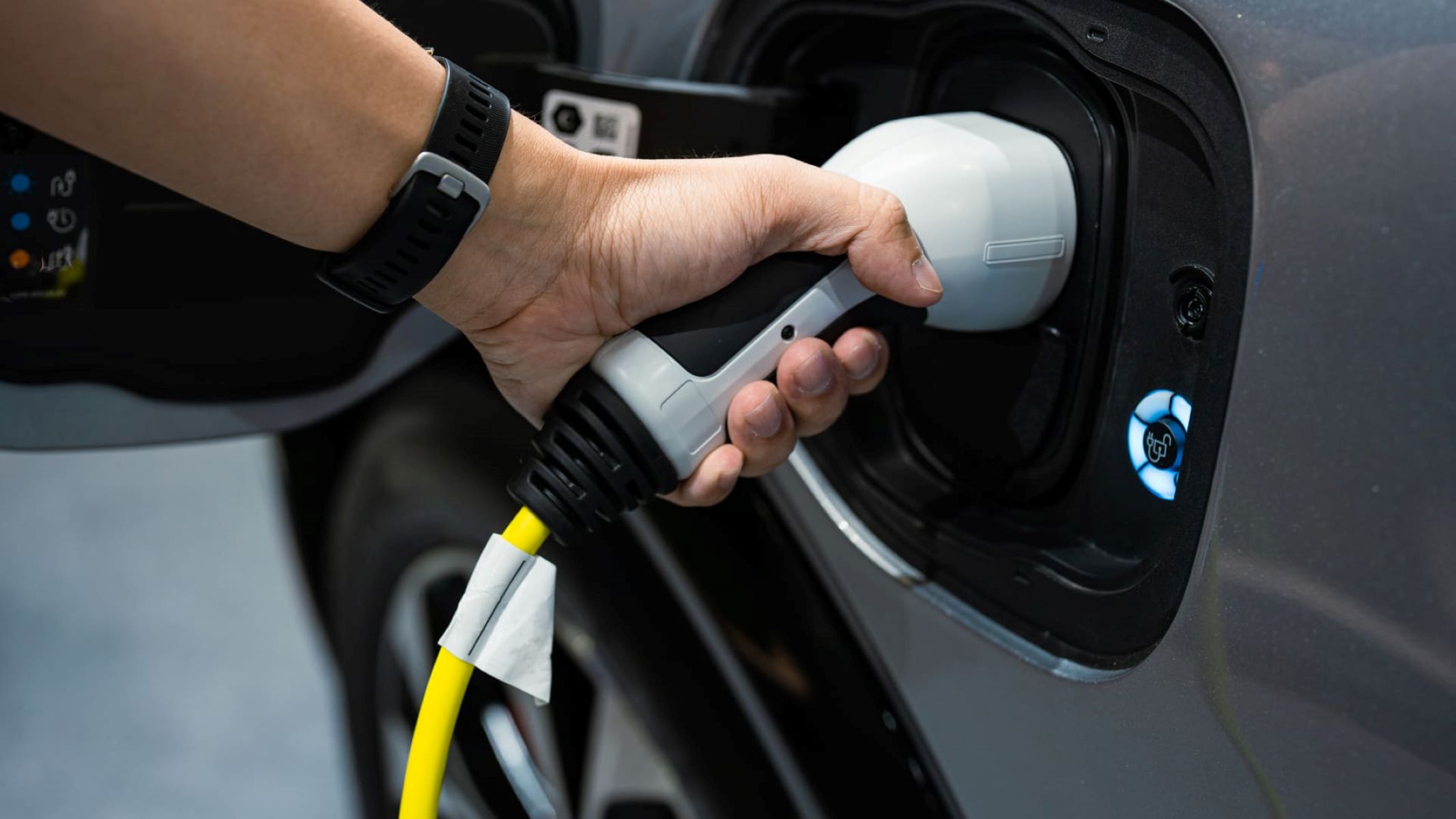

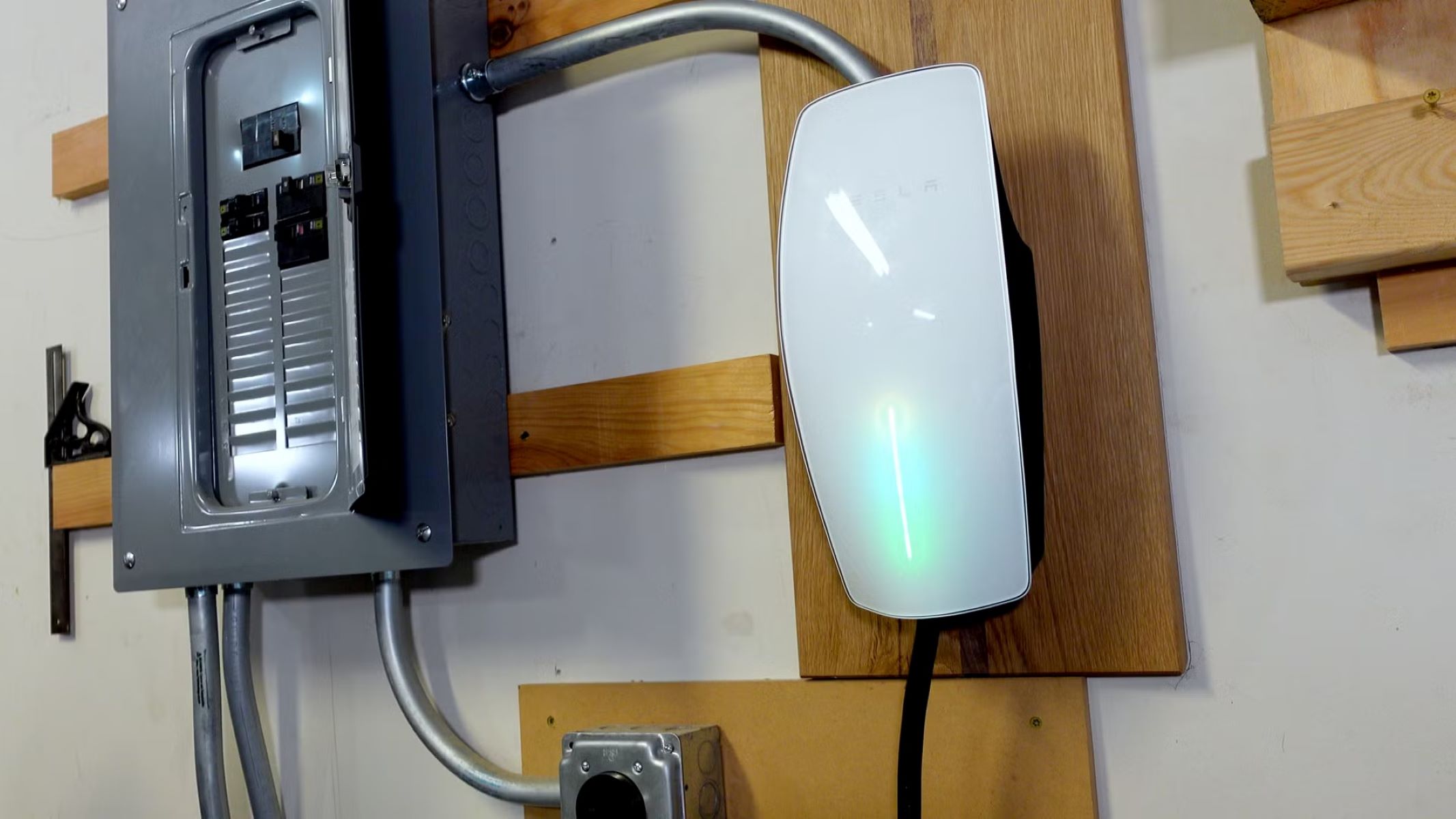
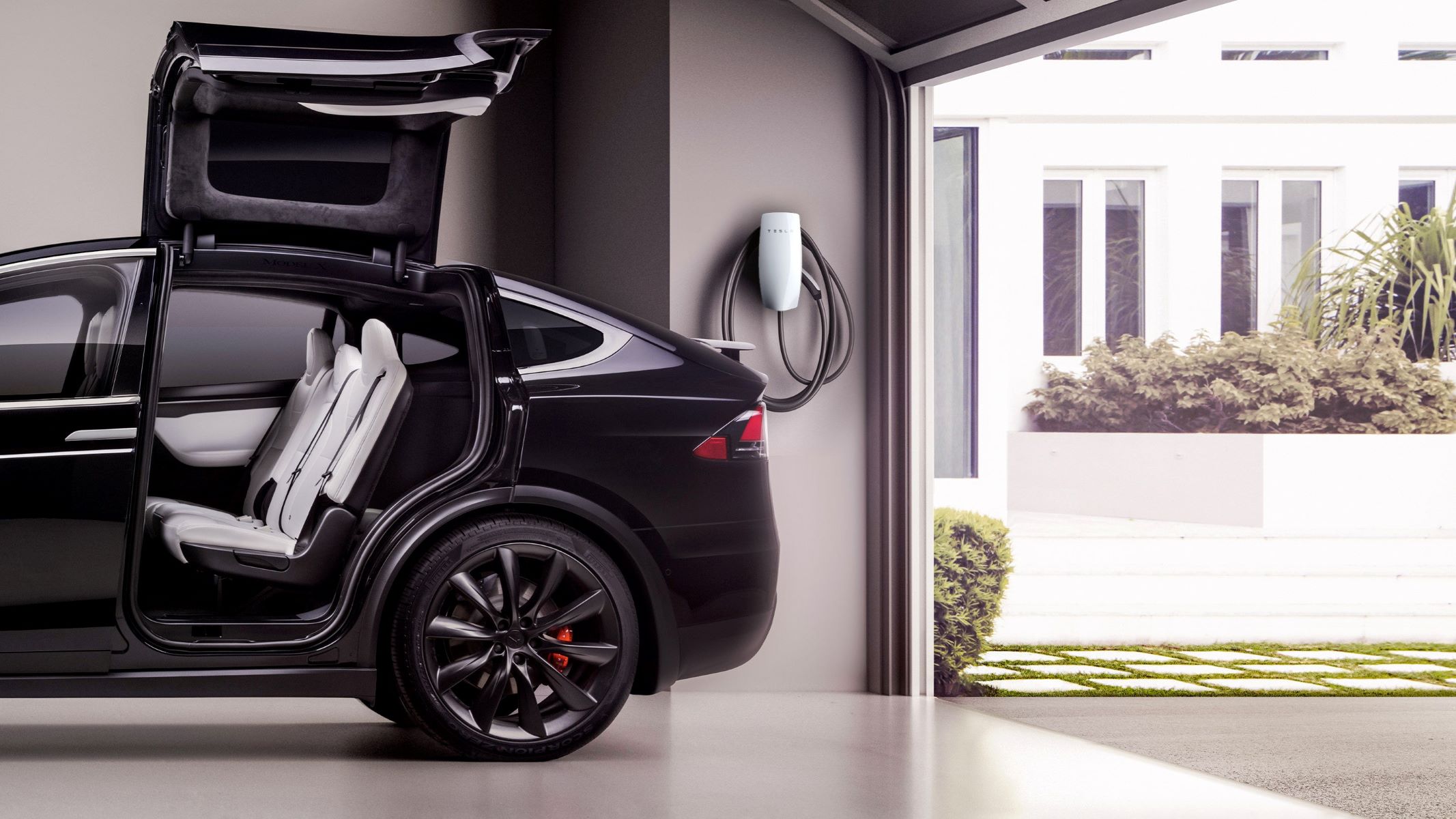

0 thoughts on “How Does An EV Charger Work”